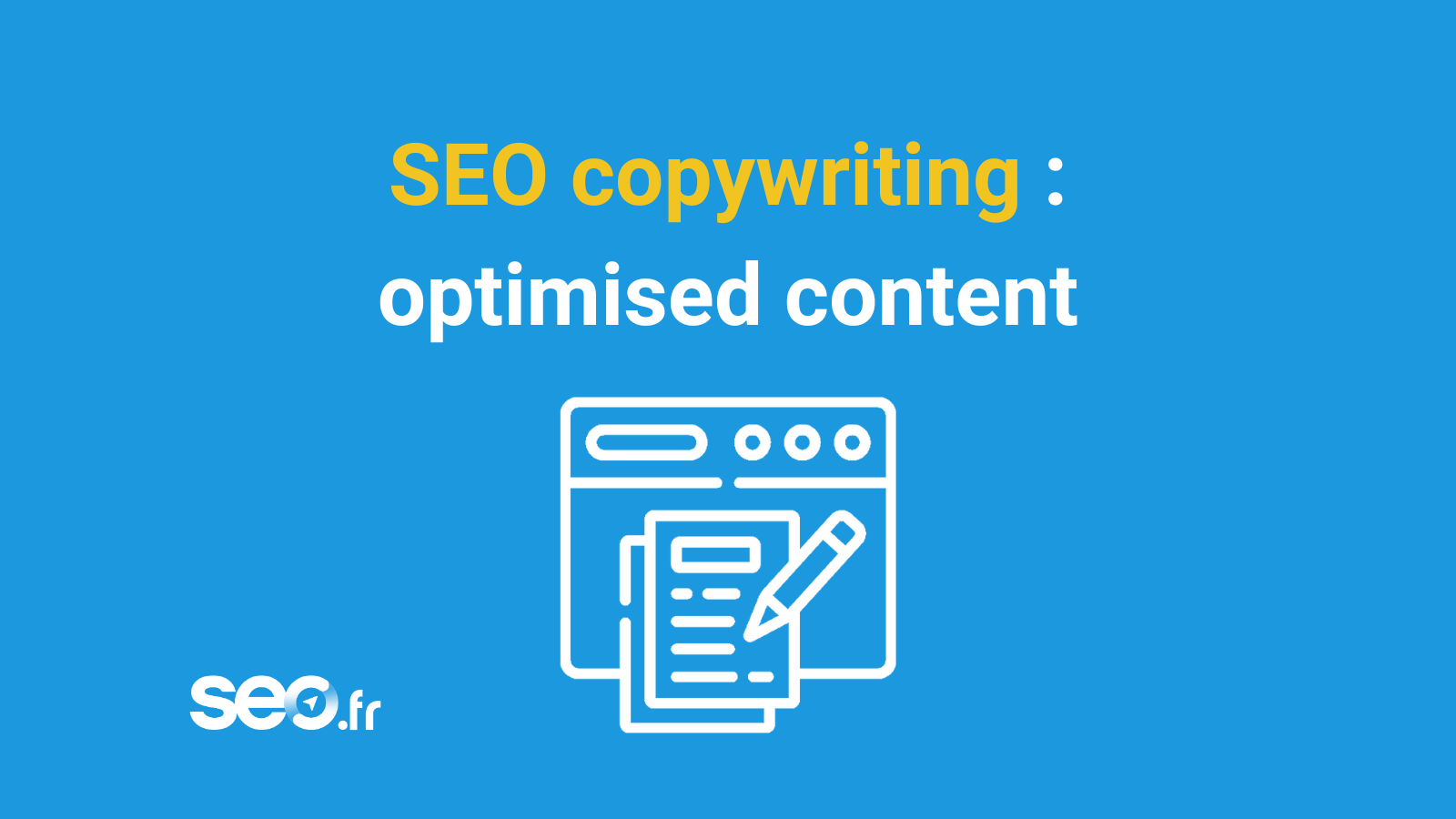Imagine you are writing a document on the web. What do you want your audience to do? Do you want them to read to the end? Whether or not you are selling your products or services, it is important to have an approach that will attract your audience and create interaction. As a web writer, you need to ask yourself the right questions.
A web page is not read like a page in a book or newspaper.
This shows that you should not write a web page like a book or newspaper either! This guide has been written to help you create articles that are relevant and useful to your target audience.
How do you read a page?
In 1998, Jakob Nielsen and John Morkes published a study entitled “Designing Web Usability” which informs us of the particularities of reading a web page.
It states that :
- People read 25% slower on screen than on paper (screen is less comfortable than paper),
- 79% of Internet users scan texts instead of reading them,
- Only 10% of Internet users use scroll bars.
The two colleagues therefore propose to take these particularities into account and to :
- Make texts 50% shorter than for paper,
- Make it easier to scan by putting important words in bold and increasing the number of subheadings,
- Break articles into several pages: the first page summarises the text and presents the main points. This first page contains links to pages developing the secondary ideas.
From these results, the content strategy emerged and started to become indispensable for attractive and quality content. The user experience is very important and this is what will always generate traffic to your website.

Writing for the web or “web writing”
This term is usually a synonym for “Web copywriting” or “copywriting Web”. It is a new kind of copywriting that adapts to the nature of the web. Indeed, while the web is a very different medium from traditional media, it has its own specificities. The web is an interactive platform, so the user has to be active in order to use it. That is why in this kind of writing, you have to be present!
Web writing is used to attract, retain and convert readers. It is part of the marketing and sales strategy. It is also a means of communication that is mainly based on social media and the web, which are among the largest media internationally. It is a way to produce content that is relevant to your market and your target.
Keep it short, keep it precise
“Writing for the Web is above all writing for a user who is looking for something, then something else, then something else again. It’s writing by giving them links, by allowing them to go back and forth through the different layers of the site: from the front pages to the content pages, the home page, the contact pages, etc. (…)”
Whatever entry point you use, make sure your content is understandable to the user. Web writing is not linear, it is circular. To make sure your audience understands your message you need to think of all the ways they will access your content, and interpret and use the information you provide. (Excerpts from an article by Muriel Vandermeulen)
The content of a website must therefore respect certain criteria, and the English-language website webcredible offers eight practical tips for writing a web page:
- Use simple and clear language
- Develop only one idea per paragraph
- Develop only one idea per paragraph
- Develop only one idea per paragraph
- Bold important words
- Use descriptive links
- Present ideas in lists
- Aligning text on the left
SEO training?
Sylvain is here for you
16 years’ expertise in digital marketing

Concise
Studies by Nielsen and his colleague Morkes have shown that reading on a CRT screen is 25% slower than on paper. We should therefore write 50% less text than on paper, not only to speed up reading for the Internet user, but also to improve visual comfort.
This difficulty of reading on screen would be solved in the years to come: 300 dpi screens, already invented but still unaffordable, would offer a readability as good as that of paper.
And since people don’t like to scroll, it would be better to keep the pages short.
Similarly, Nielsen recommends that we submit our text to the spell checker, as mistakes are an embarrassment and can slow down the user. Content written with spelling mistakes will not bring you any traffic.
Scannability
The Nielsen and Morkes studies found that 79% of the Internet users evaluated scanned the texts and therefore very few read them word for word. Multiple other usability studies would attest to this behaviour.
Nielsen and Morkes also applied three web writing processes to a promotional text to measure usability improvements:
- Concise text (halved): 58% more user-friendly;
- Scannable presentation (vertical listing): 47% friendlier;
- Objective speech (without hyperbole): 27% friendlier.
By combining the three, the text became 124% more user-friendly. Enough to split the Red Sea to get our message across!
Since Internet users would first scan the central part of the page, which is occupied by text, we would benefit from favouring meaningful headings or putting key words in bold, colour or hyperlink.
Several facts would explain the scanning ritual, including the following:
- On a screen where reading is more difficult, Internet users would seek to reduce the number of words to read;
- The Web is a medium that requires constant user participation and where each page must compete with hundreds of millions of others;
- In everyday life, Internet users cannot afford to struggle to find information.
There are several ways to facilitate page scanning:
- Start each page with the conclusion;
- Limit each paragraph to one important idea;
- Keep the syntax simple, but avoid fancy language, complex terms, metaphors, indiscriminate humour, etc.
In a word: to deploy a style of writing that responds to the movements of the eye and the impatience of the Internet user. An eye for an eye, time for time!

Page splitting
Nielsen suggests that we divide up our content to make it easier to consult. We can move reference or specialised information to secondary pages to avoid imposing it on informed or impatient Internet users.
In the case of a long journalistic article, Nielsen recommends that we rewrite it to make a ‘stand-alone’ idea stand out on the first page, and then use briefly described hyperlinks to lead the user to secondary ideas or detailed examples.
Alternatively, Nielsen suggests that we put this article on a single page: people would rather scroll through a long text than wait to download its different parts…
In any case, we should apply the principle of the inverted pyramid to each of our pages: after reading the first paragraph, which contains the conclusion, Internet users could stop reading and still get the gist.
Beware of intra-page links in an FAQ, for example: according to Nielsen, because users expect links to take them to other pages, they may be confused if they stay on the same page after clicking on “Back”.
In short, keep the pages short and ensure that the most important links are visible on most monitors, without scrolling.
You will not cause false downloads…
Readability
According to Nielsen, black type on a white background offers maximum legibility.
The theorist also recommends :
- Avoid or keep textured backgrounds to a minimum;
- Use a fairly large font size, with smaller font sizes reserved for footnotes and disclaimers;
- Left justify all text so that the scanning eye can start each sentence in the same place;
- Choose a sans serif font such as Verdana for small type;
- Avoid all-caps text, which slows reading by 10%.
Jakob Nielsen applies the same usability logic to manuals, online help, images, audio/video clips and animations.
Nielsen stresses the importance of making its content accessible to people with disabilities.
Are you interested in SEO writing? Discover our SEO Content course and learn how to write for the web.
Article source: Cortex Communication









